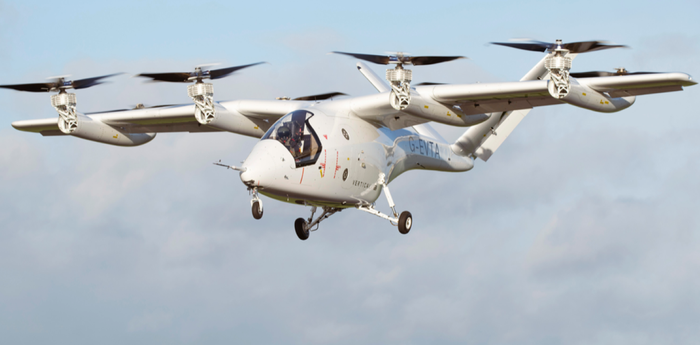Robots in Warehouses AI-Trained for Faster SortingRobots in Warehouses AI-Trained for Faster Sorting
The model was trained on 20 million images and promises to increase the adaptability and operation of robotic sorters

Ambi Robotics recently released Prime-1, which the company said is the first AI foundation model for use in robotic sorters deployed in commercial warehouse operations.
The Prime-1, which stands for production-ready industrial manipulation expert, provides a single transformer model used for higher-level computer vision tasks, which can be adapted for a variety of robot sorting operations, including 3D perception, package picking and quality control, performed by Ambi’s robots.
Ambi pre-trained Prime-1 with self-supervised deep learning on more than 20 million images from 150,000 operating hours collected from its fleet of AI-powered robot sorters in U.S. warehouses. That’s the equivalent to one robot operating around the clock for 17 years, according to the company. The training dataset represents about 1% of the data Ambi has collected to date, which means Prime-1’s training uses a solid depth of real warehouse data from identical systems deployed at scale, Ambi added.
“With Prime-1, we’re addressing the most pressing challenge in warehouse robotics: the need for adaptable, scalable solutions that evolve with operational demands and amplify return-on-investment,” said Ambi co-founder and chief technology officer Jeff Mahler. “Prime-1 allows our customers to leverage collective learning from our entire production fleet, empowering them to stay ahead in the rapidly evolving logistics landscape with increasing demand. Our customers now have the ability to respond faster to market dynamics and future-proof their operations in an industry where speed and precision are paramount.”
Prime-1 trained on more than 1 trillion tokens to learn generalizable features for 3D reasoning, which in turn can be used on a range of 3D tasks, like depth estimation and robotic picking. Production testing has shown that both pre-training quality and performance on downstream tasks improve as the amount of data used for pre-training increases, suggesting that pre-training on a large amount of unlabeled data can surpass the results achieved with labeled data alone.
“Emerging AI research shows that generative pretrained models can outperform previous architectures,” said Ambi co-founder and chief scientist Ken Goldberg. “The engineering team at Ambi Robotics used four years of proprietary warehouse data to train a state-of-the-art generative model for 3D warehouse operations; their experiments with real production systems confirm that Prime-1 significantly outperforms their previous systems.”
About the Author
You May Also Like








